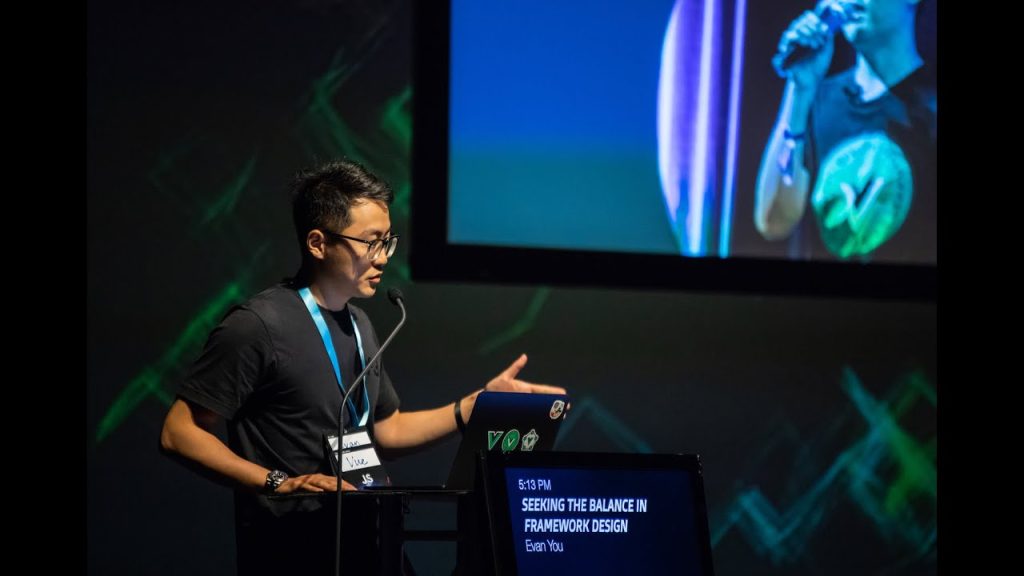If you’re working on code in 2025, you know that technical debt remains the biggest enemy of agility, as highlighted in Stack Overflow’s Developer Survey. But the landscape has changed dramatically: the biggest challenge is no longer choosing a framework (which for many is React or Vue), but rather the speed of migrating existing legacy code.
This is where Generative Artificial Intelligence emerges as the ultimate game-changer. Frontend Modernization (or Web Modernization) is shifting from a multi-year rewrite project to an AI-assisted, iterative, and accelerated process. This strategic initiative is not just about scalability and performance; today, it’s about operational efficiency powered by AI.
The evolution of Technical Debt
To assess the acceleration of AI, let’s recall how technical debt was treated:
The Stone Age and the Classics: There was a time when the main engine was the server (PHP, Java) and the frontend was managed with powerful libraries like jQuery. They were slow, but predictable.
The Monolithic SPA Fever: With AngularJS (version 1.x), Backbone.js, and Ember, we embraced the Single Page Application (SPA) architecture. While it improved the user experience, it also created the infamous monolithic frontends. These were gigantic applications, slow to compile, where technical debt was concentrated in a single, dreaded repository.
The Component Rescue (Post-2015): React, Vue, and modern Angular gave us the architectural solution: the component paradigm. This made the code reusable and manageable, but still required a huge manual effort to migrate millions of lines of monolithic code.
Strategic drivers and AI as a catalyst
Today, frontend modernization is no longer an option, but an imperative driven by three market forces. However, what truly dominates the conversation and accelerates its implementation by 2025 is a fourth technological lever: Generative Artificial Intelligence.
The Rigor of Performance (Core Web Vitals)
Slowness remains a cardinal sin. Google’s Core Web Vitals metrics (LCP, INP, CLS) not only define SEO but also dictate the quality of the perceived User Experience (UX). These key metrics are:

- LCP (Largest Contentful Paint): Measures perceived load speed by recording the time it takes to render the largest content block on the page (an image, a main block of text, etc.).
- INP (Interaction to Next Paint): Measures interactivity by recording the time it takes for the page to respond visually to a user action (a click, a keystroke).
- CLS (Cumulative Layout Shift): Measures visual stability by quantifying any unexpected movement of page content while it loads.
Therefore, to overcome these performance challenges and avoid SEO and bounce rate penalties, the modern frontend engineer must master modern pre-rendering strategies, such as Server-Side Rendering (SSR) or Static Site Generation (SSG), and evaluate the adoption of build frameworks like Svelte, which minimize JavaScript load and guarantee near-instantaneous loading.
Microfrontends: The Architectural Solution to the Monolith

The only sensible way to modernize complex applications without disrupting business is to break them up. The Microfrontends pattern allows teams to act as if they own separate applications (navigation bar, dashboard, payment form).
The migration is performed using the Strangler Fig pattern, a concept popularized by Martin Fowler. It involves building new functionalities around the legacy monolith, “strangling” the old parts and replacing them incrementally. This process is the foundation for scalable modernization.
Generative AI: The Catalyst for Modernization (The Focus of 2025 and 2026)

Here’s the real revolution: Generative AI is closing the speed gap that the component-based approach couldn’t solve on its own. For the software engineer, this translates to:
Technical Debt Analysis and Assisted Refactoring: Advanced LLM models like Claude Sonet 4.5, GPT-4.1, and Code-LLAMA can ingest massive codebases (including legacy JavaScript, TypeScript, or even CoffeeScript), identify patterns of technical debt, security vulnerabilities, and outdated code patterns. They then suggest or automatically execute complete feature refactorings to newer framework standards.
Component Generation from Legacy Assets: AI is developing the ability to take the markup (HTML) from an old interface or a simple screenshot and generate the equivalent React, Vue, or Svelte component with modern Tailwind CSS and basic logic. This reduces manual effort from days to hours.
Regression Testing Automation: The biggest risk of modernization is breaking functionality. AI can automatically generate comprehensive regression test suites, comparing the behavior of the legacy system with the modern system, providing the necessary safety net for a confident migration.
The Modernization Stack 2025
The Modernization Stack 2025a: Today, engineering professionals must master:
Reactive Frameworks: React (the largest ecosystem), Vue (for its learning curve), and Svelte (for its focus on compilation and performance).
Ultra-fast Build Tools: Switching from Webpack to Vite or Turbopack (built on Rust) is essential for productive and rapid development, crucial in migration projects.
Architects of Change
The architects who have led this field have left us a clear roadmap. Their contributions are not just references; they are the low-friction strategies you need to move your legacy code without disrupting your business.
Martin Fowler and the Strangler Fig.

When we talk about migrating a monolith, it’s not about turning it off and turning on a new one. Fowler gave us the method: build the new application around the old one, piece by piece. This allows you to continue delivering value while the “Fig” (the new architecture) slowly strangles and replaces the functions of the legacy code. It’s the safest migration strategy.
Evan You and Progressive Adoption

The creator of Vue.js reminded us that we can’t always rewrite everything at once. Progressive adoption means you can introduce your new framework (for example, Vue or React) in a small component of the legacy system and, if it works, scale it. This reduces risk, costs, and minimizes the impact on daily operations. It’s the smartest introduction strategy.
The competitive advantage of Generative AI
Web modernization is no longer a future mission; it’s the operational reality. Our current mission is twofold: architectural (using microfrontends for scalability) and executional (using AI for speed).
Adopting this stack and, more importantly, integrating AI into your workflow transforms you. You go from being the one who fights against legacy code to becoming the agile architect who defines the future of the application, delivering value continuously and minimizing technical debt.
This is where the main advantage of AI lies: LLMs/LCMs not only accelerate rewrites but also offer unprecedented operational security. By automating the identification of technical debt, the generation of regression tests, and the refactoring of legacy code to new standards, these models reduce project execution time from years to months, or even days.

The role of the software engineer is evolving. AI is handling the heavy lifting and repetitive work of legacy code, freeing up professionals to focus on high-value tasks: microarchitecture design, strategic decision-making, and business logic validation. The current challenge is not scheduling the migration, but designing the architecture and managing the AI-assisted intervention.
Final Note: It is crucial to remember that frontend modernization must go hand in hand with a backend transformation. Microfrontends only reach their full potential when supported by a microservices or serverless architecture that guarantees scalability and deployment independence for the entire system. This comprehensive vision is the true horizon of engineering in 2025 and beyond.
Key References:
Fowler, Martin. Strangler Fig Pattern: https://martinfowler.com/bliki/StranglerFigApplication.html
Google Developers. Official documentation on Core Web Vitals and their impact on UX and SEO: https://web.dev/vitals/
Anthropic. Claude Sonnet-4.5: https://www.anthropic.com/news/claude-sonnet-4-5
You, Evan. Progressive Adoption: https://vuejs.org/guide/introduction.html#progressive-framework
